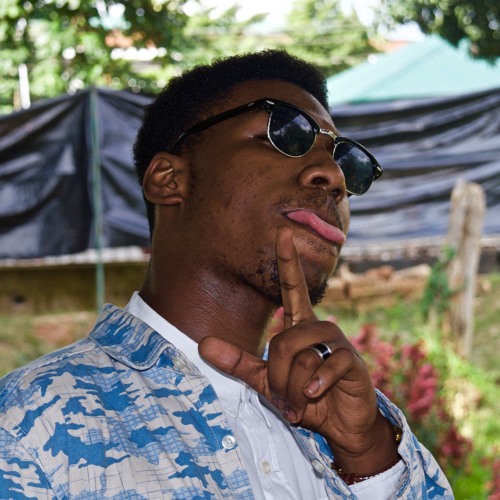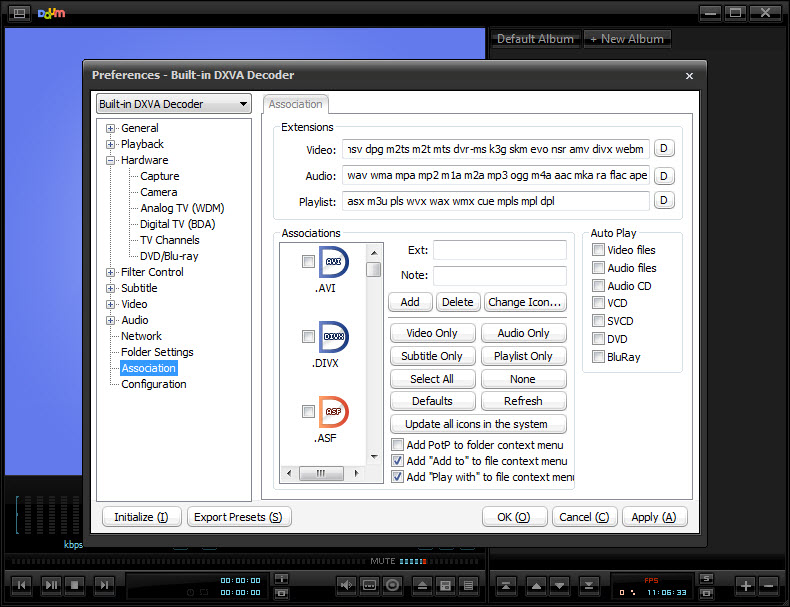


The country has two official languages: Belarusian and Russian.


Most of the rest are Russians, Poles and Ukrainians. More than 80% of the population are ethnic Belarusians. Over 70% of Belarus's population of 9.49 million live in the urban areas. During the dissolution of the Soviet Union, Belarus became independent on 25 August 1991. The parliament of the republic declared the sovereignty of Belarus on 27 July 1990. In 1945 the Belorussian SSR became a founding member of the United Nations, along with the Soviet Union and the Ukrainian SSR. Belarus lost about a third of its population and more than half of its economic resources. The nation and its territory were devastated in World War II. Some lands occupied by Poland in 1921 were added into it after the 1939. The borders of Belarus took their modern shape in 1939. It was renamed the Byelorussian Soviet Socialist Republic (BSSR). After the Russian Revolution, Belarus became part of the Soviet Union. These included the Principality of Polotsk, the Grand Duchy of Lithuania, the Polish–Lithuanian Commonwealth, and the Russian Empire. Until the 20th century, the lands of modern-day Belarus belonged to several countries. The State is a member of the UN, the CIS, Collective Security Treaty Organization, the Eurasian Economic Community, the Union State of Russia and Belarus (from 2 April 1997), as well as a member of other international organizations. Over forty percent of its 207,600 square kilometres (80,200 sq mi) is forested. It is bordered by Russia, Ukraine, Poland, Lithuania and Latvia. The president of Belarus has been Alexander Lukashenko since 1994. It was part of the Soviet Union until 1991. Retrieved 4 April 2008.īelarus (officially called Republic of Belarus) is a country in Eastern Europe. "FAO's Information System on Water and Agriculture".


 0 kommentar(er)
0 kommentar(er)
